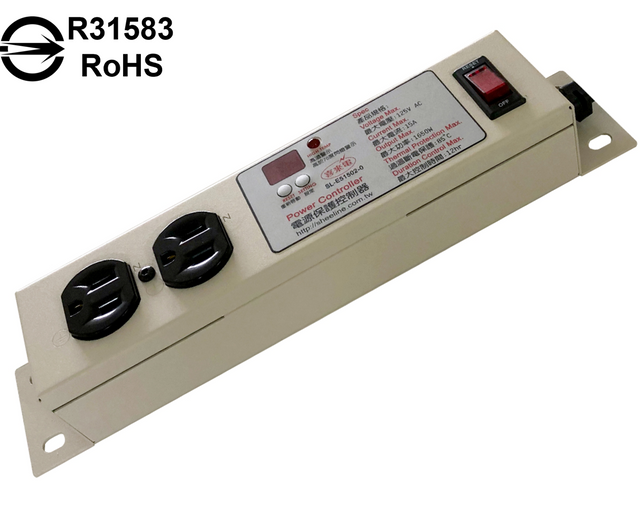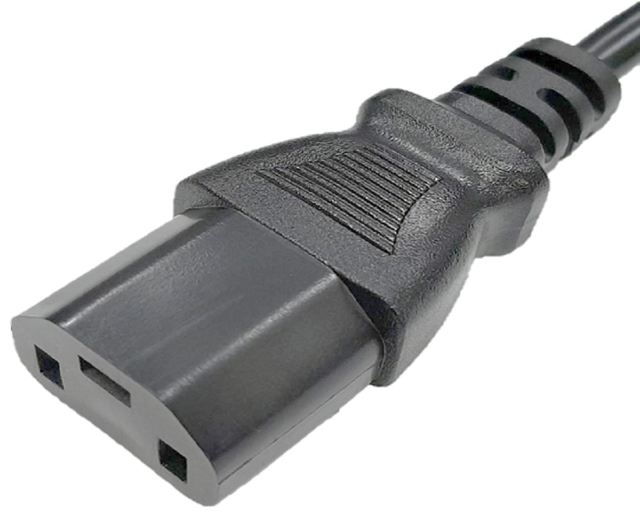- All
- Product Name
- Product Keyword
- Product Model
- Product Summary
- Product Description
- Multi Field Search
Views: 0 Author: Site Editor Publish Time: 2025-05-06 Origin: Site

Ever wondered what the difference is between a charger and a power supply? They both provide power, but they do so in different ways. Understanding this difference is key to using your devices properly.
In this article, we’ll explain how each works, their functions, and when to use them. You’ll learn the main differences and how to pick the right one for your needs.
A power supply is a crucial component in the world of electronics. Its primary function is to convert electrical power from one form to another to ensure that devices receive the correct type and amount of electricity they need to function properly.
A power supply typically takes alternating current (AC) from an outlet and converts it into direct current (DC) that electronic devices can use. This conversion is necessary because most electronic devices require DC power, while household outlets provide AC.
A power supply ensures that the output voltage and current are consistent and stable. It provides power to devices like computers, servers, and various industrial machines. It is designed to convert the incoming power and regulate the flow to meet the device’s specific requirements.
Voltage Regulation: Power supplies often adjust the voltage and current to prevent devices from overloading or being underpowered.
Multiple Outputs: Some power supplies provide multiple outputs, giving power to several components within a device, such as in computers, where the motherboard and peripherals need different voltages.
Common Applications: Power supplies are essential in devices such as desktops, servers, industrial equipment, and medical devices, where stable power is crucial.

A charger, on the other hand, is a specialized device designed to recharge a battery by converting power from an outlet to a specific voltage and current suitable for the battery.
A charger’s main job is to provide a controlled flow of power to a battery, allowing it to store energy safely and efficiently. It converts AC power from the wall outlet into DC power and carefully manages the current to avoid overcharging or damaging the battery.
Chargers are equipped with circuits that monitor and regulate the flow of current to the battery. This regulation is crucial to ensure the battery is charged correctly, without overheating or overcharging. Many modern chargers have smart features that can adjust charging rates based on the battery’s state.
Controlled Charging: Chargers adjust voltage and current to suit the battery’s chemistry, ensuring a safe and efficient charge.
Smart Features: Modern chargers may include features like automatic shutoff when charging is complete or temperature regulation to prevent overheating.
Common Applications: Chargers are used for devices like smartphones, laptops, cameras, and electric vehicles—anything with a rechargeable battery.

While both a power supply and a charger are used to provide power to devices, their functions differ significantly. Below are the key differences between these two:
Primary Function: Provides continuous power to a device that requires constant power, regardless of whether it has a battery.
Voltage Regulation: Regulates and converts AC into DC and often adjusts for different devices' specific power needs.
Common Use: Found in devices that do not require a battery or that have a constant power source, like desktops and industrial equipment.
Output: Generally provides stable and consistent DC output for operation.
Primary Function: Designed specifically to recharge batteries by controlling the flow of electricity to the battery.
Voltage Regulation: Regulates both voltage and current to match the needs of the battery.
Common Use: Used with portable devices like smartphones, laptops, and cameras.
Output: Provides charging current to replenish a battery’s stored power.
A power supply is required when a device needs continuous power. These devices typically don’t rely on batteries, but instead, they require a direct power connection to keep functioning.
Desktops: Desktops are powered by power supplies that take AC from the wall and provide DC to various components like the motherboard and hard drive.
Monitors and Peripherals: Most monitors and peripherals require a power supply to operate.
Industrial Equipment: Equipment in factories, like robotic arms or conveyors, relies on power supplies to ensure continuous, stable operation.

If your device has a rechargeable battery, you will need a charger to keep the battery topped off. Chargers are crucial for devices that operate off batteries and need to be recharged periodically.
Smartphones: A smartphone charger is used to replenish the phone’s battery.
Laptops: Laptops rely on chargers to power the device and charge the battery.
Electric Vehicles (EVs): EVs require specialized chargers that regulate the power going into their batteries to ensure safe and efficient charging.
Let’s break down the comparison of power supplies and chargers:
| Feature | Power Supply | Charger |
|---|---|---|
| Primary Function | Converts AC to DC to power devices | Converts AC to DC to charge batteries |
| Voltage Regulation | Yes, to meet device’s requirements | Yes, adjusts for battery type and state |
| Use Case | Continuous power for devices | Charging batteries of portable devices |
| Output Type | Stable DC output | Variable DC output for charging |
| Examples | Desktops, industrial equipment, monitors | Smartphones, laptops, electric vehicles |
As the table shows, the key difference between a power supply and a charger is their intended purpose. A power supply is for powering devices continuously, while a charger specifically manages the process of recharging batteries.
Understanding the differences between a power supply and a charger can help you choose the right device for your needs. Whether you need a power supply to keep your equipment running or a charger to recharge a battery, it’s important to know which one is right for your application.
At SHEELINE, we offer a wide range of power cords, adapters, and chargers designed to meet your specific needs. Browse our selection to find the ideal solution for powering your devices or keeping your batteries charged efficiently.
Q: Can a power supply be used as a charger?
A: While a power supply can deliver DC power, it lacks the necessary circuits to regulate charging, making it unsuitable for charging batteries safely.
Q: What is the main difference between a charger and a power supply?
A: A power supply provides continuous power to a device, while a charger is designed to recharge a battery.
Q: Can I use any power supply for charging my phone?
A: No, you need a charger designed for your phone’s battery type and charging rate, while a power supply doesn’t offer the needed regulation.
Q: Do I need a power supply for a laptop?
A: Yes, laptops require power supplies that convert AC from the wall into DC to operate and charge their battery.
Q: What happens if I use the wrong charger for my device?
A: Using the wrong charger can damage the device’s battery, cause overheating, or even stop it from charging. Always use a charger suited to your device's battery.
